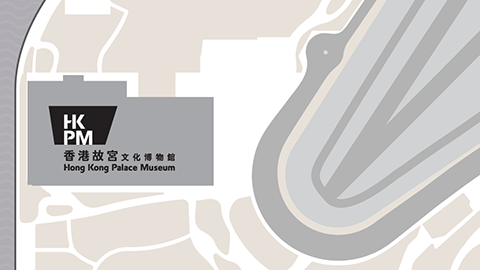There was a cultural rejuvenation in the early Ming dynasty, with the court actively recruiting cohorts of painters and granting them official positions. The painters primarily served the royal family, and their subject matter was strictly regulated. Their paintings had distinctive political and didactic function, often portraying the virtuous rule of the Ming dynasty or the Ming emperors’ wise appointments of officials. The painters’ style and technique were often precise and meticulous, and their colours were vibrant to reflect the royal family’s stature and dignity. These painters created what came to be known as “court painting” style.
During the early to mid-Ming dynasty, another group of artists were active farther south, in the Zhejiang area. They were professional painters, and their style was different from the court painters. The works of the Zhejiang painters encompassed diverse styles and usually featured fast, bold brushstrokes. Since daily life was their main subject, their paintings resonated with the general public and gained popularity. These professional painters were later classified as the “Zhe school” of painting. Two notable representatives were Dai Jin and Wu Wei.
Court painting and Zhe school painting thrived within the palace and the public sphere, respectively, but both traditions can be traced back to the court painting of the Southern Song dynasty, the last Chinese dynasty before Mongol rule. The two eminent painters of the Zhe school, Dai Jin and Wu Wei, had even served at court before leaving it and becoming leading artists outside court. They were well versed in the techniques and styles associated with court painting, and when they left, they fostered an exchange between court art and popular art. In this section, you can appreciate the similarities and differences between t the painting traditions of the court painters and the Zhejiang school.
















